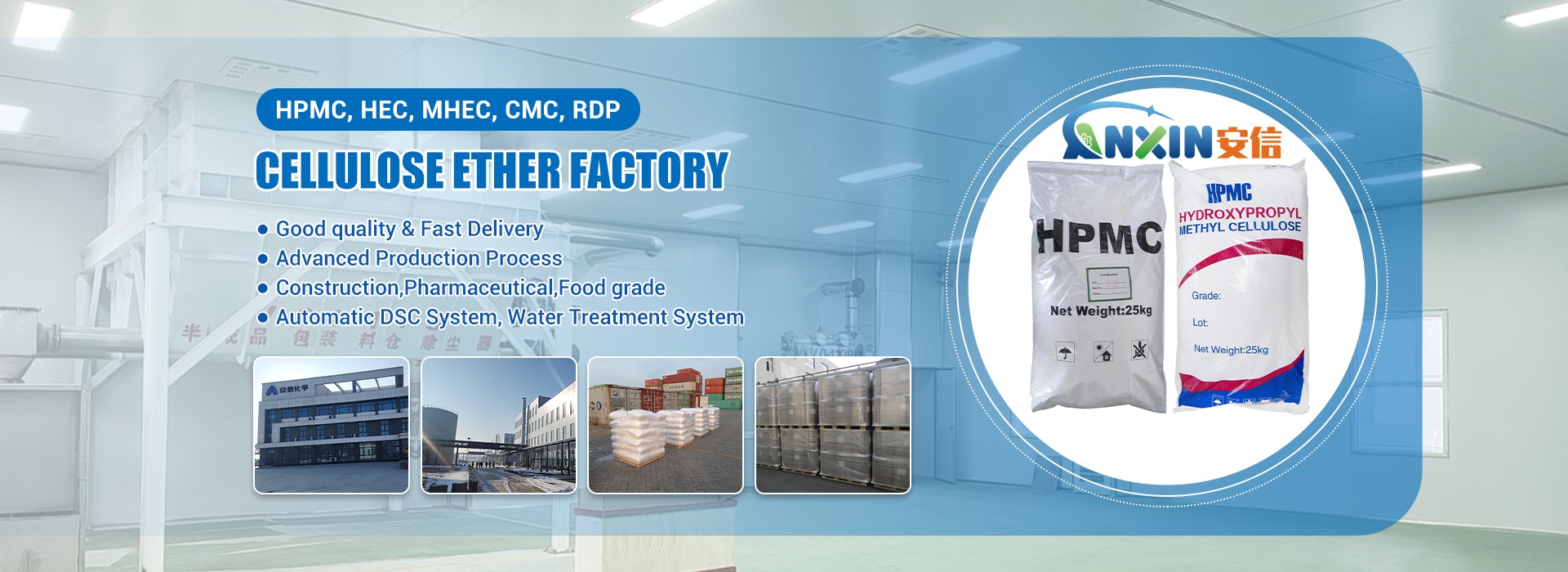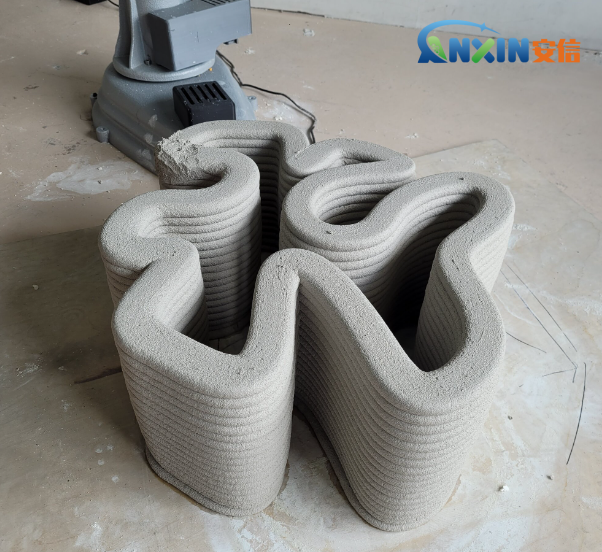Application of HPMC flowing mortar
Hydroxypropyl Methylcellulose (HPMC) is an important building additive and is widely used in various dry-mixed mortar systems, especially in flowing mortar. Flowing mortar has become an indispensable and important material in modern construction projects due to its good pumpability, self-leveling and convenient construction. HPMC plays a vital role in it. It gives the mortar good water retention, thickening, and improved construction performance, which greatly improves the overall performance and use effect of the mortar.
1. Basic performance and working principle of HPMC
HPMC is a non-ionic cellulose ether with good water solubility and film-forming properties. It can synergize with cement, aggregates and other materials in mortar through physical means. Its main performance is reflected in the following aspects:
Water retention: HPMC can significantly improve the water retention of mortar, prevent rapid loss of water during construction, thereby ensuring sufficient hydration of cement, improving the bonding performance between mortar and base surface, and reducing cracking and insufficient strength caused by water loss.
Thickening: By increasing the bonding and cohesive forces of the mortar, the mortar can be prevented from stratification and segregation, ensuring the uniformity and stability of the construction.
Improve construction performance: HPMC can improve the smoothness of the mortar, making the construction lighter and smoother. At the same time, it can reduce pipe blockage during pumping and extend the construction time.
Improve mortar stability: The mesh structure it forms can wrap the cement particles, delay the release of hydration heat, and enhance the operability time of the mortar.
2. Specific application of HPMC in flowing mortar
Flowing mortar is a building material with cement, sand, admixtures and water as the main components, which has good fluidity by optimizing the ratio and adding rheology modifiers (such as HPMC). Its common applications include self-leveling floor leveling, grouting engineering, caulking and repairing.
2.1.Self-leveling mortar
In self-leveling mortar, the role of HPMC is particularly critical. It can control the rheological properties of the cement slurry, so that the mortar can flow naturally under the action of gravity to form a flat and dense ground layer. At the same time, its excellent water retention performance can prevent the base from absorbing water too quickly, and improve the uniformity and strength of the floor surface. The addition of HPMC can also effectively prevent stratification and ensure the stability and consistency of self-leveling mortar during construction.
2.2.Grouting material
In grouting projects such as equipment foundations and bridge anchoring, HPMC can improve the fluidity and pumpability of mortar, so that it can be evenly filled in narrow spaces to avoid voids. It also has excellent anti-settling properties to ensure that the grouting body is homogeneous and dense. In addition, HPMC can extend the usable time of mortar and improve overall construction efficiency.
2.3.Premixed mortar and commercial mortar
In modern buildings, premixed mortar is widely used in indoor and outdoor plastering, masonry and other scenes, and HPMC is a key additive in premixed mortar. It can keep the mortar in good performance stability during transportation, storage and on-site construction. Its water retention performance also reduces the use of interface treatment agents and improves the adhesion with the substrate.
3. Precautions for HPMC in application
Although HPMC has significant advantages, the following points should still be noted in specific applications:
Dosage control: The addition amount of HPMC is generally 0.1%-0.3%, and the specific amount needs to be determined according to the mortar formula and the use environment. Excessive addition may cause the mortar strength to decrease or the drying time to be prolonged.
Dispersion method: HPMC needs to be fully dispersed in the dry-mixed mortar before use to avoid agglomeration and affect the performance. Premixing technology is usually used in industrial production to ensure its uniform distribution.
Variety selection: HPMC has varieties with different viscosities and degrees of substitution. The appropriate model should be selected according to specific application requirements. For example, high-viscosity HPMC is suitable for mortar types that require good water retention and thickening.
4. Development prospects
With the continuous advancement of building industrialization and green building concepts, the demand for high-performance and environmentally friendly building materials is growing. HPMC, as a non-toxic and biodegradable polymer material, meets the environmental protection requirements of modern buildings, and has broad application prospects in flowing mortar. In the future, with the deepening of scientific research and continuous optimization of products, HPMC will play a greater role in improving mortar performance, reducing construction energy consumption and improving project quality.
As the core modifier in flowing mortar, HPMC plays an irreplaceable role in improving construction performance, enhancing water retention and optimizing fluidity. With the development of building materials technology, HPMC will be more widely used in more high-performance mortar systems, providing strong technical support for improving the quality of construction projects and improving construction efficiency.
Post time: May-17-2025








